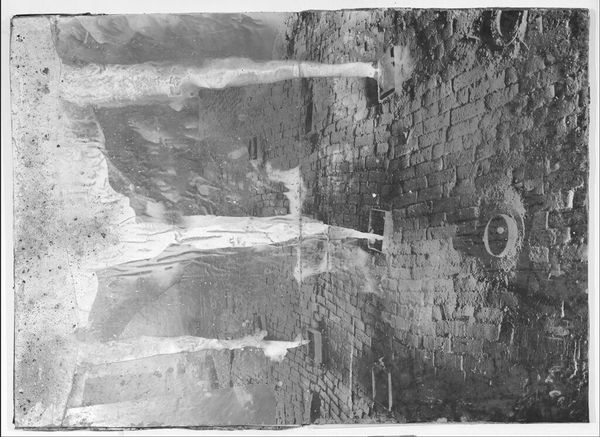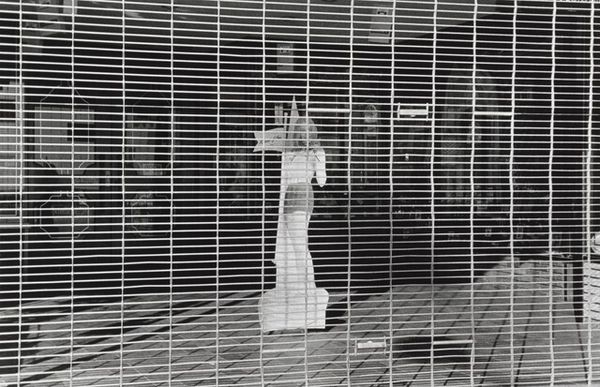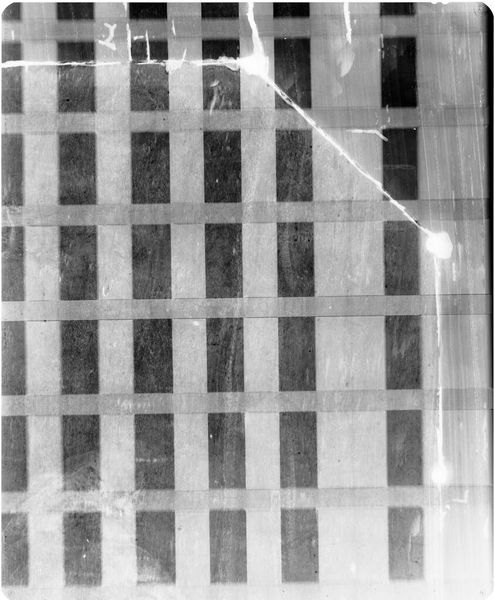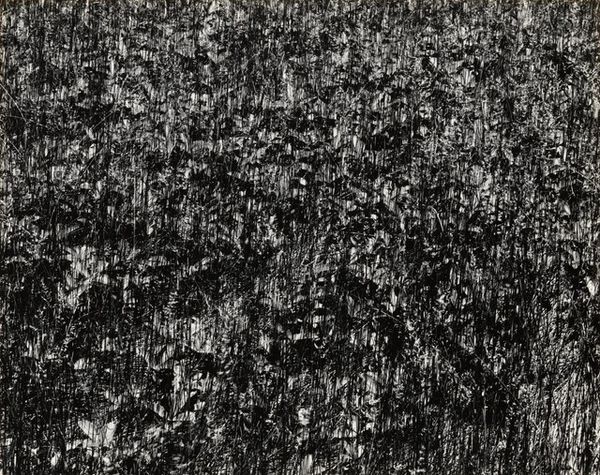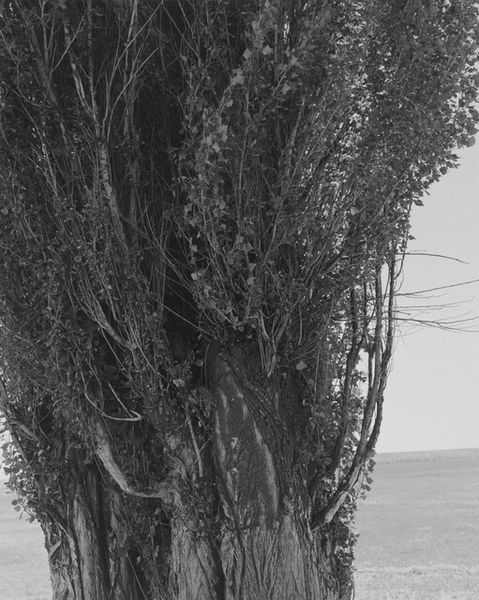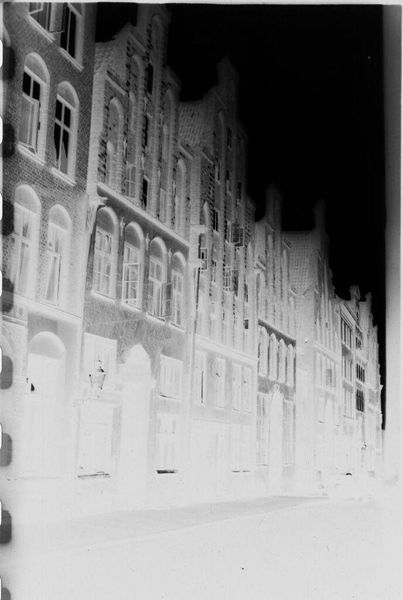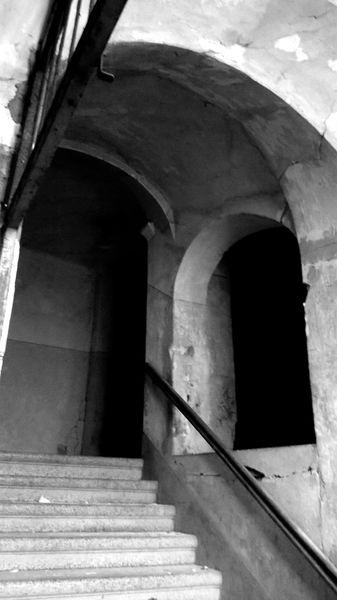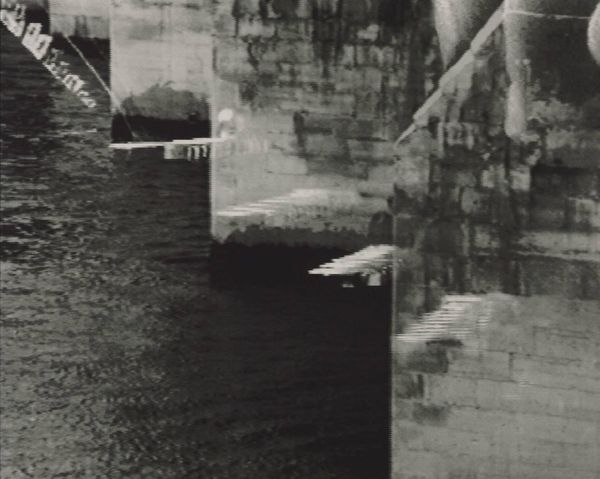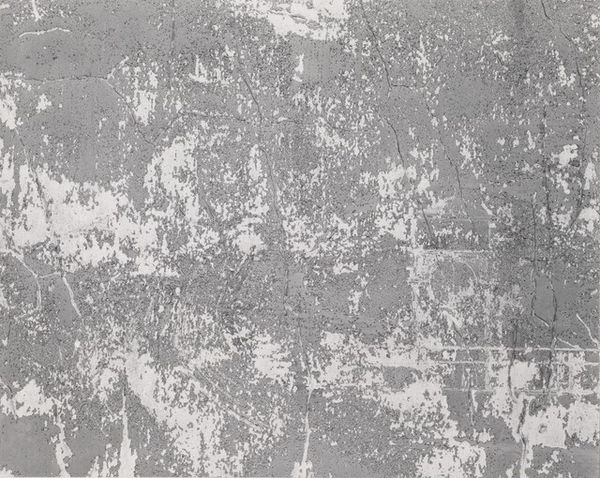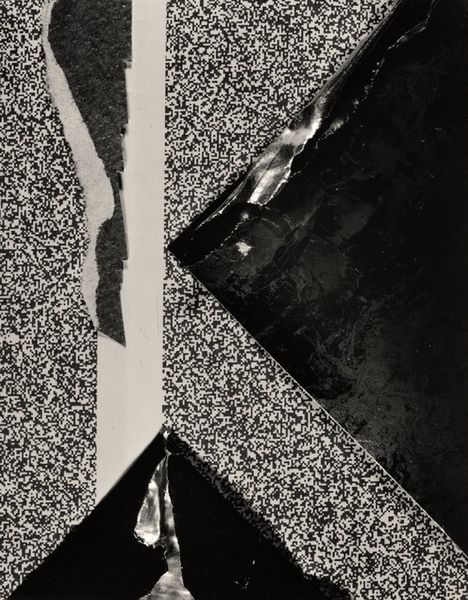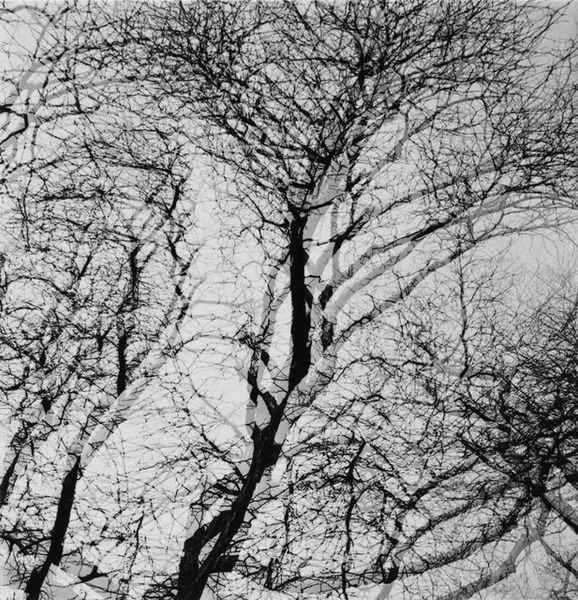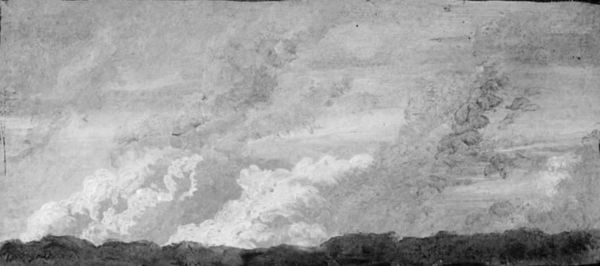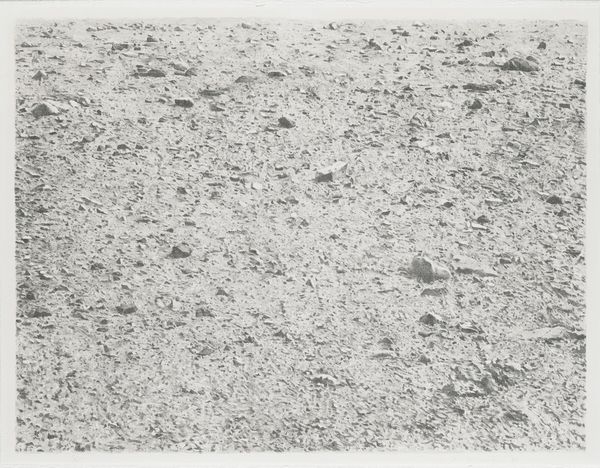
metal, bronze, public-art, photography, sculpture, site-specific, installation-art, marble
#
still-life-photography
#
contemporary
#
conceptual-art
#
metal
#
bronze
#
public-art
#
photography
#
geometric
#
sculpture
#
site-specific
#
installation-art
#
abstraction
#
line
#
marble
#
monochrome
Copyright: Karl Prantl,Fair Use
Curator: It's as if a little Stonehenge decided to settle down on the autobahn. Editor: Haha, that's one way to put it. This photograph captures Karl Prantl’s "Sieben Stelen," or "Seven Steles," created in 1978. It’s a public sculpture installation using bronze or marble. Curator: Yes, bronze or marble depending on the location. These rough-hewn monoliths have such a silent presence, almost mournful, like a gathering of ancient souls. It whispers a forgotten language, wouldn't you say? Editor: I'd agree with the 'silent presence,' but I wonder if the language is less 'forgotten' and more suppressed. Consider the context of 1978 Germany. This work lands a generation after WWII and can be understood as the era’s move toward minimalist abstraction, moving away from figurative works that may remind the German people of their recent political atrocities. This move toward geometric form serves as a necessary form of cultural dissociation. Curator: Hmm, it could also just be Prantl responding to that back-to-the-land ethos floating around at the time. I get more of an earthy vibe from the stone than anything overtly political. The shapes feel elemental, reminding me of cairns or primitive markers. Editor: Right, that earthy vibe is there. I see that earthiness tied to a deeper reclamation. "Stele" implies an ancient gravestone or boundary marker. And so the sculpture operates in the in-between space. It can reflect on how certain cultural norms have died and create spaces for rebirth in other ways. Curator: Rebirth...or a solemn acceptance of what is? Either way, it has the solemn weight of memory. The way they catch the light. Beautiful. I appreciate your reading into the cultural setting as a means for understanding. Editor: And I love your insight to the pure aesthetic response Prantl sought to provoke. What do you think visitors should do upon encountering Prantl's monument? Curator: Maybe simply stop and listen, or try to. Imagine what the stones would whisper, given half a chance. Editor: Listen, yes, and maybe ask ourselves whose stories remain uncarved.
Comments
No comments
Be the first to comment and join the conversation on the ultimate creative platform.
